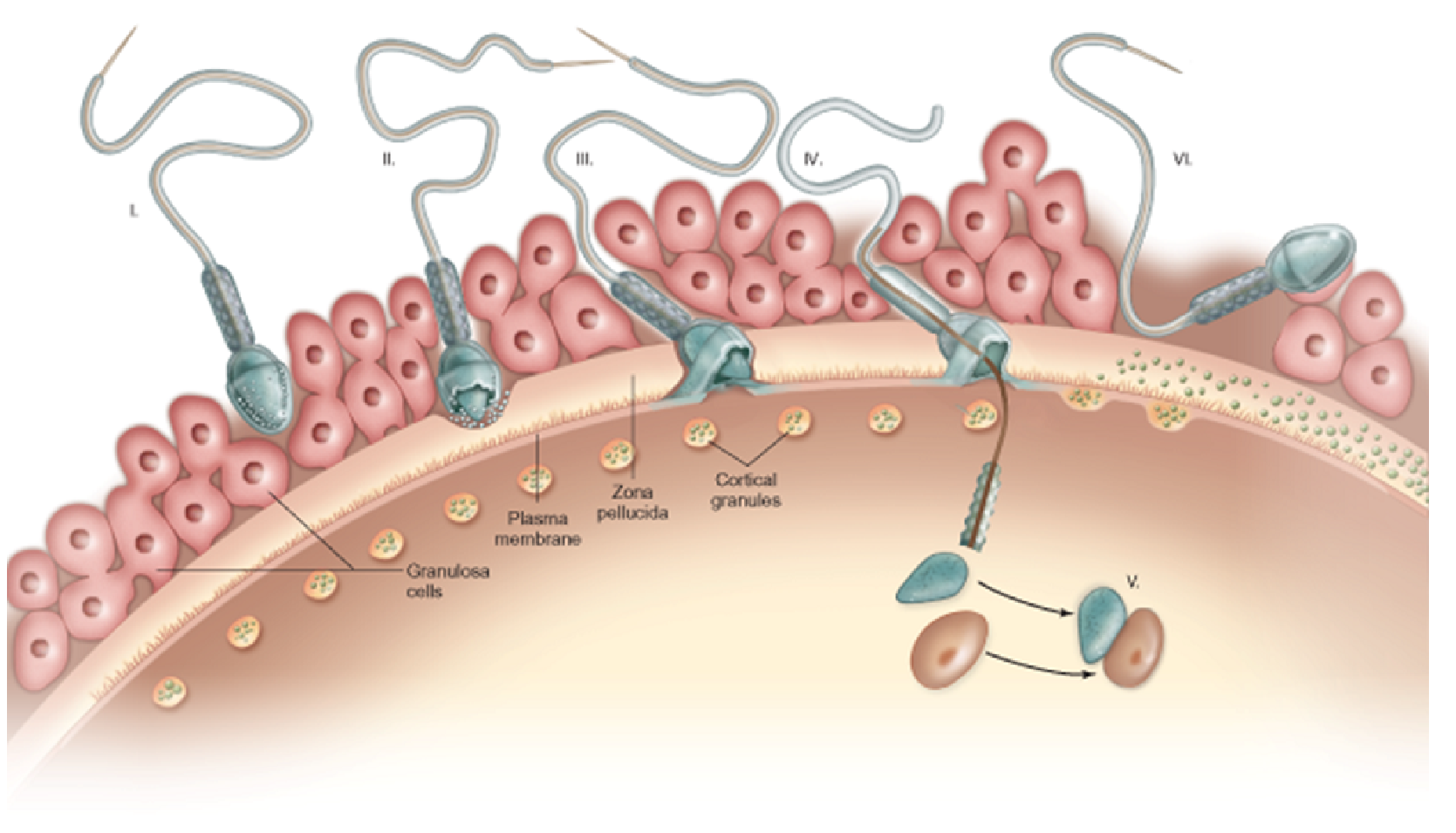When blood glucose levels are low
A) Liver cells convert more glucose to glycogen.
B) The pancreas releases insulin, which eventually causes blood glucose levels to decrease.
C) The pancreas releases glucagon, which eventually causes blood glucose levels to increase.
D) The pancreas releases insulin, which eventually causes blood glucose levels to increase.
E) The pancreas releases glucagon, which eventually causes blood glucose levels to decrease.
C) The pancreas releases glucagon, which eventually causes blood glucose levels to increase.
You might also like to view...
In gel electrophoresis, DNA fragments are separated based on their:
A. sequence. B. size. C. charge. D. how many adenine bases are in the fragment. E. how many thymine bases are in the fragment.
Why would bacteria evolve so that the presence of tryptophan inhibits its own production?
A. Producing the enzymes that synthesize tryptophan is metabolically expensive, so it is wasteful to make them when tryptophan levels are high and its synthesis is not necessary. B. Producing high levels of tryptophan inhibits the production of other amino acids, so inhibiting its production allows all amino acids to be synthesized at equal concentrations. C. High levels of tryptophan causes cells to become unresponsive to external stimuli, so its production must be regulated. D. High levels of tryptophan inhibit cellular respiration and the synthesis of ATP, so its production must be regulated. E. All of these choices are TRUE
Referring to the figure of sperm penetration and fusion, match the lettered description with the correct numbered step in the figure.

A. Some of the zona pellucida is degraded by acrosomal enzymes.
B. Enzymes are released by cortical granules that harden the zona pellucida.
C. Sperm and egg fuse at the plasma membrane.
D. Sperm penetrates the corona radiata.
E. The sperm nucleus dissociates and enters the cytoplasm.
F. Additional sperm can no longer penetrate.
1. Step I
2. Step II
3. Step III
4. Step IV
5. Step V
6. Step VI
Assuming there were 100 bacteria initially that could undergo binary fission every 30 minutes, how many bacteria would there be at the end of 6 hours?
A) 7200 B) 51200 C) 204800 D) 409600